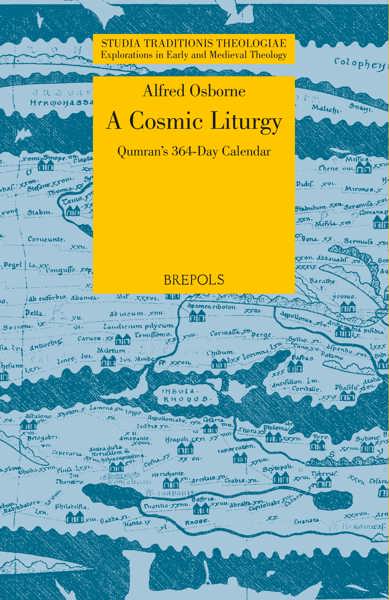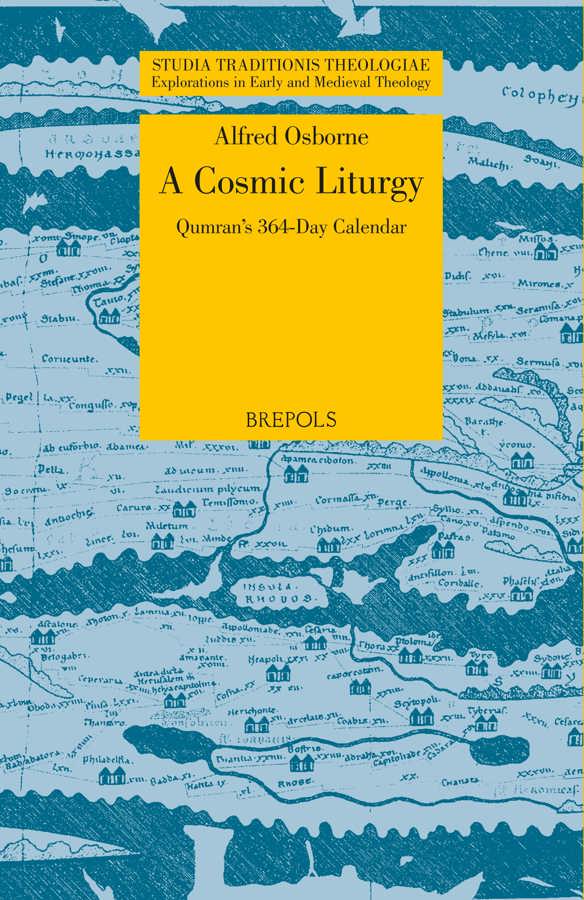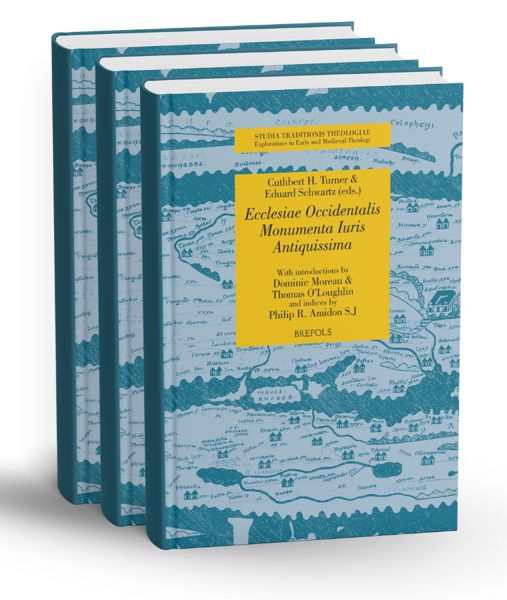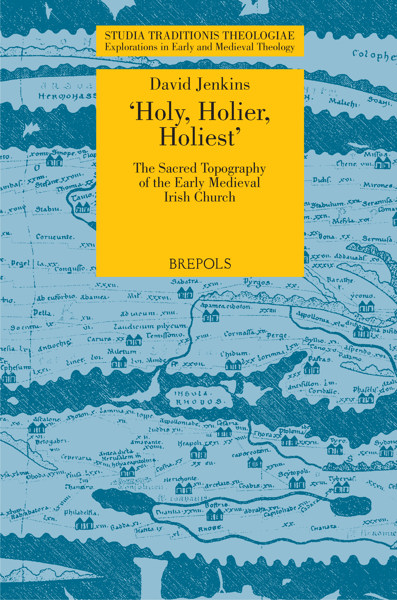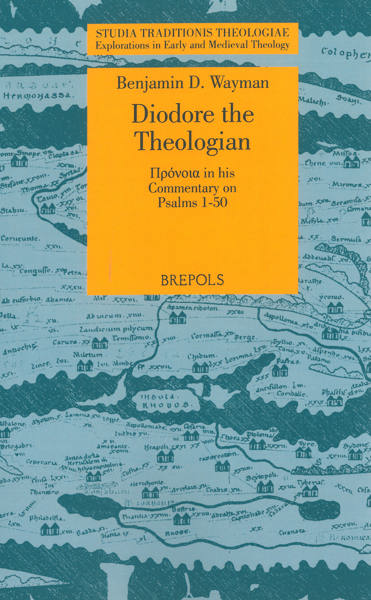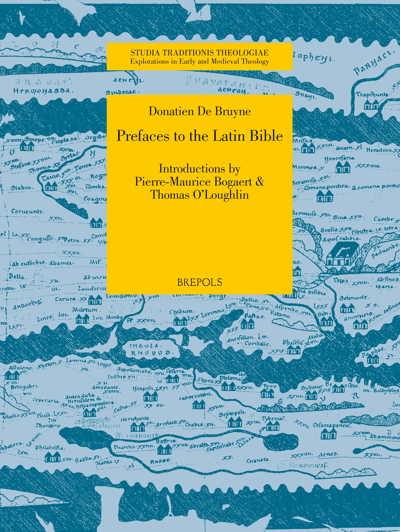
A Cosmic Liturgy: Qumran's 364-Day Calendar
Alfred Osborne
- Pages: xx + 330 p.
- Size:156 x 234 mm
- Illustrations:3 tables b/w.
- Language(s):English
- Publication Year:2019
- € 75,00 EXCL. VAT RETAIL PRICE
- ISBN: 978-2-503-58427-0
- Paperback
- Available
- € 75,00 EXCL. VAT RETAIL PRICE
- ISBN: 978-2-503-58428-7
- E-book
- Available
This clearly-argued work sheds new light on the liturgy associated with the 364-day calendar used at Qumran and its foundation in early myths.
« L’étude d’Alfred Osborne (…) aborde la relation entre liturgie et cosmologie dans le courant du judaïsme du Second Temple qui suivait un calendrier liturgique divinement révélé de 364 jours. L’ouvrage se compose de quinze chapitres suivis d’un appendice, d’une bibliographie et d’un index. » (M.-Augustin Tavardin, O.C.S.O, dans Revue Biblique, 130/2, 2023, p. 283-286)
"This volume investigates the relationship between liturgy and cosmology in the strand of Second Temple Judaism that followed a divinely-revealed 364-day liturgical calendar. (...) It concludes that the 364-day calendar tradition was based on four primary myths—the creation of the angels, cosmic oath and covenant, the fall of the watchers, and the fall of the “wandering stars”—and that the Priestly creation narrative and the early 364-day calendar share a common Sitz im Leben. An appendix on the 364-day calendar in the Priestly creation account is included." (New Testament Abstracts, 65/3, February 2022, p. 467)
Dr Alfred Osborne, who retired as a bishop of the Orthodox Church, trained as a Classicist with an interest in Semitic languages. He was the first chairman of the Institute for Orthodox Christian Studies in Cambridge and has served as a member of the International Commission for Anglican-Orthodox Theological Dialogue.
This work shows how the importance of Sunday, Wednesday, and Friday in the 364-day Qumran calendar is based on the Priestly creation narrative in Genesis and the myth of a cosmic covenant established between God and the angels on the first day. The myth of the apostasy of the angels guiding the seven planets was used to explain the discrepancy between the 364-day calendar and observation. The Epistle of Jude makes it possible to situate this work in relation to both Jubilees and the Book of the Watchers and confirms the use of the 364-day calendar in the earliest years of the nascent Church.
